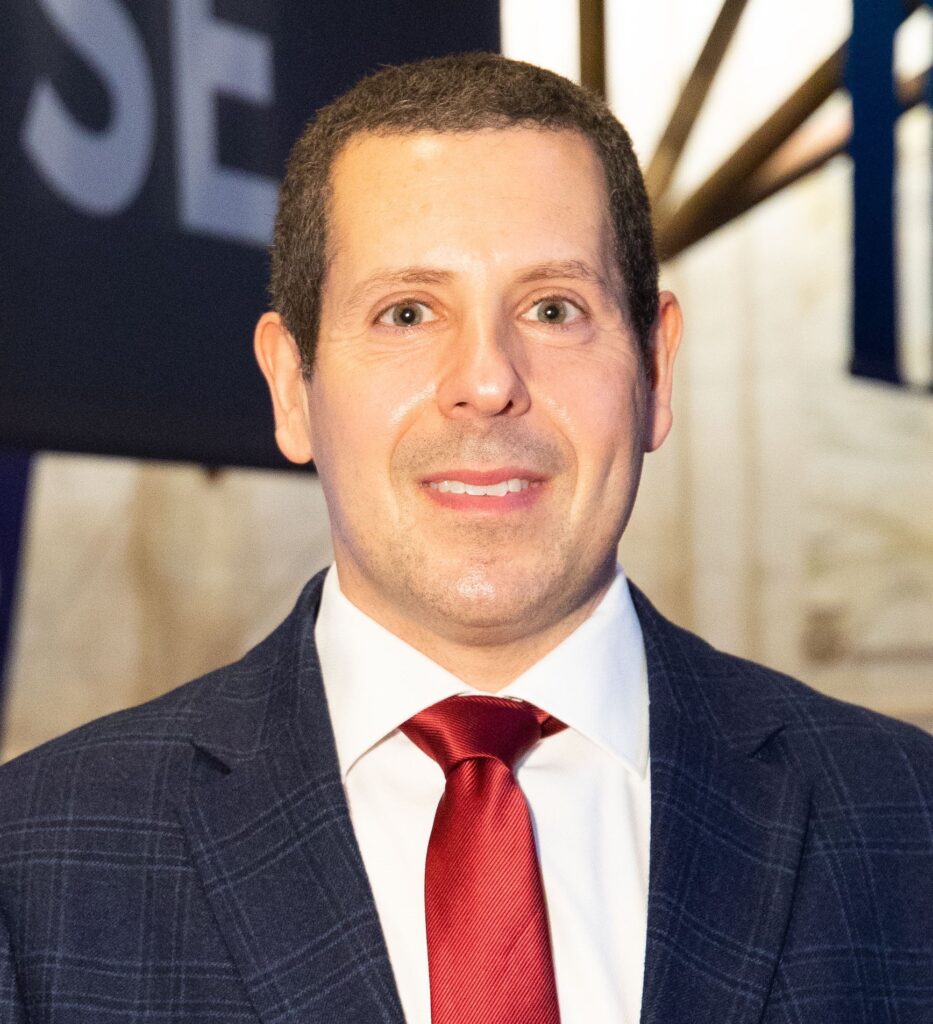NYSE is engaged in a significant number of conversations to help asset managers bring their mutual funds to the ETF market, according to Douglas Yones, Head of Exchange Traded Products at NYSE.
“There are just so many benefits for a mutual fund manager coming to the ETF market,” he told Traders Magazine.

“You get to keep your fund’s track record; you get to keep your performance history. A lot of mutual funds have impressive levels of assets under management, so you come directly into the ETF marketplace with significant size and scale, which can be really beneficial for asset managers that may be new to the space.”
“You’re able to improve the tax outcomes for your investors. In general, ETFs tend to have reduced operating expenses versus mutual funds. And ultimately ETFs really enhance the distribution model for an asset manager. There are just some of the key benefits of considering swapping an ETF for your mutual fund,” Yones argued.
He added that a number of asset managers have already paved the way for more asset managers to follow.
The most recent addition is the last week’s announcement by J.P. Morgan Asset Management to convert select U.S. mutual fund vehicles to ETFs in 2022, a “structure that it believes is well-suited for the four mutual funds currently in scope and will be beneficial to their investors”.
“Today, there’s a blueprint for success, so, for anyone who might be considering a direct conversion, we’re happy to engage in that conversation and help them along the journey,” Yones commented.
“We’re here to help asset managers with every stage of their business, whether it’s going through conversions, whether it’s post conversion, helping them build out their ETF franchise. It’s a great, exciting spot in the finance industry to be in, and it is one in which we’re really engaged in a lot of places,” he said.
Nevertheless, asset managers considering a mutual fund to ETF conversion should recognize that it is a project that “requires time, energy and commitment, according to Yones.
“The path is there, but it’s a project and it’s something that an asset manager should be aware of going into,” he warned.
“There’s work that needs to occur, there’s a lot of decision points along the way that need to be made. There’s a lot of both operational as well as regulatory pieces that need to be accomplished,” he said.
“There’s a series of forms of registration and filings that will need to be made. Some of their current filings on their mutual fund will need to be updated for the ETF. There’s going to be conversations and Board approvals, and decisions about what the Board looks like post conversion.”
“It’s a large project, I don’t want to undersell it in terms of the size and scope, but at the same time, it’s all doable, it’s all accomplishable,” he added.
According to Yones, the NYSE owns a model that was built and designed for an active asset manager that is thinking about building ETFs, but not wanting to show their holdings on a daily basis.
The NYSE’s Actively Managed Solution (NYSE AMS) integrates a proprietary version of the Axioma Portfolio Optimizer and employs Axioma Factor Risk Models to generate a proxy basket
that tracks intraday performance of the fund, but with different composition and weightings than the fund’s actual holdings.
Yones is excited about the future of the ETF market, saying that the NYSE has the potential to “break quite a few records”.
“We’ve captured 91% of all assets coming into the ETF industry this year and we’ve launched 162 ETFs. And we see more growth coming forward,” he said.
“We couldn’t be more excited. This is probably the most dynamic time that I’ve ever seen. It’s never been easier, more efficient and faster for asset managers to enter the market,” he added.




